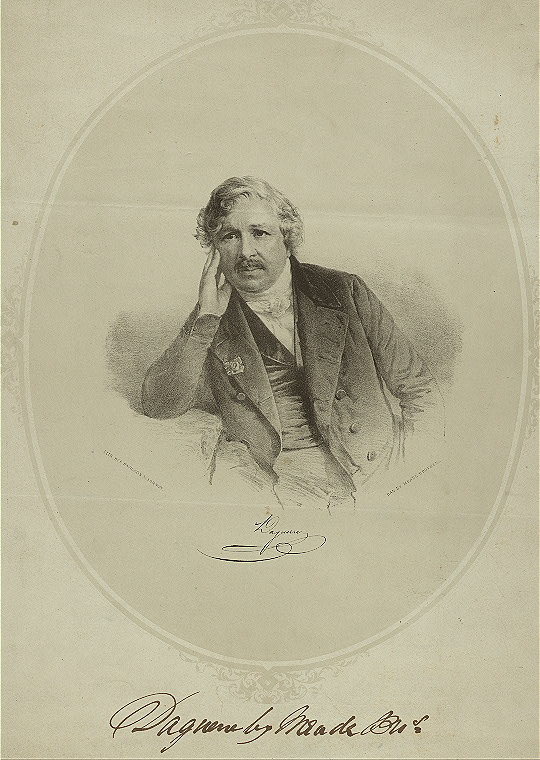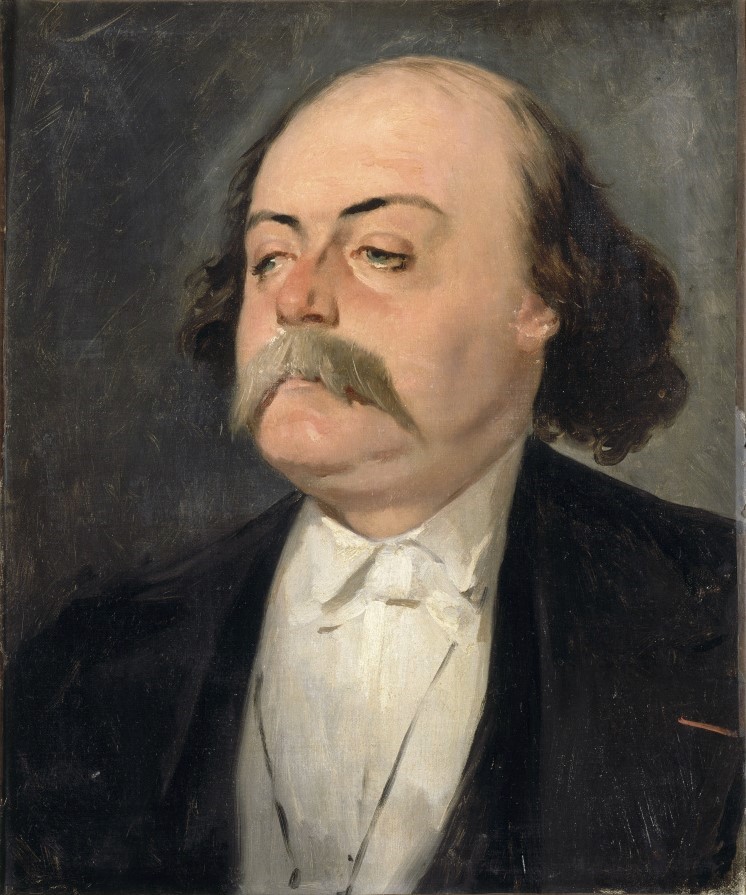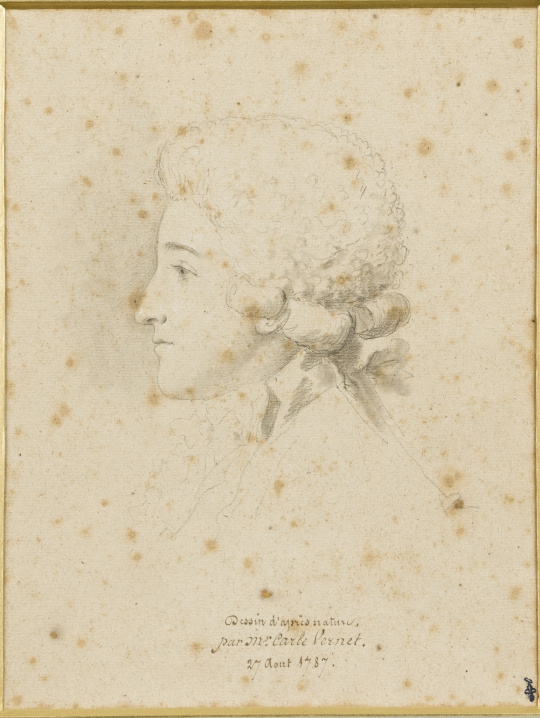|
Boulevard Du Temple
The Boulevard du Temple, formerly nicknamed the " Boulevard du Crime", is a thoroughfare in Paris that separates the 3rd arrondissement from the 11th. It runs from the Place de la République to the Place Pasdeloup, and its name refers to the nearby Knights Templars' Temple where they established their Paris priory. History The Boulevard du Temple follows the path of the city wall constructed by Charles V (the so-called '' Enceinte'', constructed between 1356 and 1383) and demolished under Louis XIV. The boulevard, lined with trees, was built between 1656 and 1705. From the time of Louis XVI (1774–1792) until the July Monarchy in 1830, the Boulevard du Temple was popular and fashionable. It was a place for walking and recreation. Cafés and theatres previously located at the Saint-Laurent and Saint-Germain fairs moved here. After a time, it was nicknamed the '' Boulevard du Crime'' after the crime melodramas that were so popular in its many theatres. In 1782, Philipp ... [...More Info...] [...Related Items...] OR: [Wikipedia] [Google] [Baidu] |
3rd Arrondissement Of Paris
The 3rd arrondissement of Paris (''IIIe arrondissement'') is one of the 20 arrondissements (districts) of the capital city of France. In spoken French, this arrondissement is colloquially referred to as the ''"troisième"'' meaning "third" in French. Its postal code is 75003. It is governed locally together with the 1st, 2nd and 4th arrondissement, with which it forms the 1st sector of Paris. The arrondissement, called Temple and situated on the right bank of the River Seine, is the smallest in area after the 2nd arrondissement. The arrondissement contains the northern, quieter part of the medieval district of Le Marais (while the 4th arrondissement contains Le Marais' more lively southern part, notably including the gay district of Paris). History The oldest surviving private house of Paris, built in 1407, is to be found in the 3rd arrondissement, 52 rue de Montmorency. The ancient Jewish quarter, the Pletzl (פלעצל, little place in Yiddish) which dates from t ... [...More Info...] [...Related Items...] OR: [Wikipedia] [Google] [Baidu] |
Melodrama
A modern melodrama is a dramatic work in which the plot, typically sensationalized and for a strong emotional appeal, takes precedence over detailed characterization. Melodramas typically concentrate on dialogue that is often bombastic or excessively sentimental, rather than action. Characters are often flat, and written to fulfill stereotypes. Melodramas are typically set in the private sphere of the home, focusing on morality and family issues, love, and marriage, often with challenges from an outside source, such as a "temptress", a scoundrel, or an aristocratic villain. A melodrama on stage, filmed, or on television is usually accompanied by dramatic and suggestive music that offers cues to the audience of the drama being presented. In scholarly and historical musical contexts, ''melodramas'' are Victorian dramas in which orchestral music or song was used to accompany the action. The term is now also applied to stage performances without incidental music, novels, films, t ... [...More Info...] [...Related Items...] OR: [Wikipedia] [Google] [Baidu] |
Théâtre Déjazet
The Théâtre Déjazet is a theatre on the boulevard du Temple (popularly known as the ' boulevard du crime’) in the 3rd arrondissement of Paris, France. It was founded in 1770 by Comte d'Artois who later was crowned Charles X. It was then closed down and not reopened until 1851. At that time it became a café-concert called the Folies-Mayer, on the site of a former ''jeu de paume'' (tennis court). It was converted into the Folies-Concertantes in 1853, and reopened as the Folies-Nouvelles on 21 October 1854.Lecomte 1905p. 28 Under the direction of the operetta composer Hervé from 1854 to 1856, it became a theatre for one-act ''spectacles-concerts'' with premieres of Hervé's ''La Perle de l'Alsace'' (1854), ''Un Compositeur toqué'' (1854), ''La Fine fleur de l'Andalousie'' (1854), ''Agamemnon, ou Le Chameau à deux bosses'' (1856), and ''Vadé au cabaret'' (1856). Several of Auguste Pilati's works received their first performance at the Théâtre des Folies-Nouvelles, includ ... [...More Info...] [...Related Items...] OR: [Wikipedia] [Google] [Baidu] |
Le Marais
The Marais (Le Marais ; "the marsh") is a historic district in Paris, France. Having once been an aristocratic district, it is home to many buildings of historic and architectural importance. It spreads across parts of the 3rd and 4th arrondissements in Paris on the Rive Droite, or Right Bank, of the Seine. After a long period of decay the district has undergone a transformation in recent years and is now once again among the more fashionable areas of the city. History Paris aristocratic district In 1240, the Knights Templar built a fortified church just outside the walls of Paris, in the northern part of the Marais. The Temple turned this district into an attractive area which became known as the Temple Quarter, and many religious institutions were built nearby: the convents des Blancs-Manteaux, de Sainte-Croix-de-la-Bretonnerie and des Carmes-Billettes, as well as the church of Sainte-Catherine-du-Val-des-Écoliers. During the mid-13th century, Charles I of Anjou, Kin ... [...More Info...] [...Related Items...] OR: [Wikipedia] [Google] [Baidu] |
Haussmann's Renovation Of Paris
Haussmann's renovation of Paris was a vast public works programme commissioned by Emperor Napoleon III and directed by his prefect of Seine, Georges-Eugène Haussmann, between 1853 and 1870. It included the demolition of medieval neighbourhoods that were deemed overcrowded and unhealthy by officials at the time; the building of wide avenues; new parks and squares; the annexation of the suburbs surrounding Paris; and the construction of new sewers, fountains and aqueducts. Haussmann's work was met with fierce opposition, and he was finally dismissed by Napoleon III in 1870; but work on his projects continued until 1927. The street plan and distinctive appearance of the centre of Paris today are largely the result of Haussmann's renovation. Overcrowding, disease, crime and unrest in the centre of the old Paris In the middle of the 19th century, the centre of Paris was viewed as overcrowded, dark, dangerous, and unhealthy. In 1845, the French social reformer Victor Consideran ... [...More Info...] [...Related Items...] OR: [Wikipedia] [Google] [Baidu] |
Daguerreotype
Daguerreotype (; french: daguerréotype) was the first publicly available photographic process; it was widely used during the 1840s and 1850s. "Daguerreotype" also refers to an image created through this process. Invented by Louis Daguerre and introduced worldwide in 1839, the daguerreotype was almost completely superseded by 1860 with new, less expensive processes, such as ambrotype ( collodion process), that yield more readily viewable images. There has been a revival of the daguerreotype since the late 20th century by a small number of photographers interested in making artistic use of early photographic processes. To make the image, a daguerreotypist polished a sheet of silver-plated copper to a mirror finish; treated it with fumes that made its surface light-sensitive; exposed it in a camera for as long as was judged to be necessary, which could be as little as a few seconds for brightly sunlit subjects or much longer with less intense lighting; made the resulting ... [...More Info...] [...Related Items...] OR: [Wikipedia] [Google] [Baidu] |
European Society For The History Of Photography
The European Society for the History of Photography (ESHPh), founded in 1978, is a society concerned with the historical events within photography from a European perspective. The ESHPh publicly hosts symposia, publishes journals, and distributes the "International Letter" to its members. The ESHPh is actively chronicling the historiography of the history of photography in Europe. History The founding of the Europäischen Gesellschaft für die Geschichte der Photographie (ESHPh) uropean Society for the History of Photographytook place at the first general meeting on 19 November 1978 in Leverkusen, Germany. The decision to form a society of this nature had been taken one year earlier in Antwerp, Belgium. A group of museum curators and photographic historians from six European countries - notably Laurent Roosens (of the Sterckshof Museum, Antwerp), Margaret Harker (the UK's Royal Photographic Society) and Rolf Krauss (German Society for Photography) - came together to establish a ... [...More Info...] [...Related Items...] OR: [Wikipedia] [Google] [Baidu] |
Diorama
A diorama is a replica of a scene, typically a three-dimensional full-size or miniature model, sometimes enclosed in a glass showcase for a museum. Dioramas are often built by hobbyists as part of related hobbies such as military vehicle modeling, miniature figure modeling, or aircraft modeling. In the United States around 1950 and onward, natural history dioramas in museums became less fashionable, leading to many being removed, dismantled or destroyed. Etymology The word "diorama" originated in 1823 as a type of picture-viewing device, from the French in 1822. The word literally means "through that which is seen", from the Greek di- "through" + orama "that which is seen, a sight". The diorama was invented by Louis Daguerre and Charles Marie Bouton, first exhibited in Paris in July 1822 and at The Diorama, Regent's Park on September 29, 1823. The meaning "small-scale replica of a scene, etc." is from 1902. Daguerre's and Bouton's diorama consisted of a piece of ma ... [...More Info...] [...Related Items...] OR: [Wikipedia] [Google] [Baidu] |
Louis Daguerre
Louis-Jacques-Mandé Daguerre ( , ; 18 November 1787 – 10 July 1851) was a French artist and photographer, recognized for his invention of the eponymous daguerreotype process of photography. He became known as one of the fathers of photography. Though he is most famous for his contributions to photography, he was also an accomplished painter, scenic designer, and a developer of the diorama theatre. Biography Louis Daguerre was born in Cormeilles-en-Parisis, Val-d'Oise, France. He was apprenticed in architecture, theatre design, and panoramic painting to Pierre Prévost, the first French panorama painter. Exceedingly adept at his skill of theatrical illusion, he became a celebrated designer for the theatre, and later came to invent the diorama, which opened in Paris in July 1822. In 1829, Daguerre partnered with Nicéphore Niépce, an inventor who had produced the world's first heliograph in 1822 and the oldest surviving camera photograph in 1826 or 1827. Niépce ... [...More Info...] [...Related Items...] OR: [Wikipedia] [Google] [Baidu] |
View Of The Boulevard Du Temple
The ''Boulevard du Temple'' photograph of 1838 (or possibly 1839) is one of the earliest daguerrotype plates produced by Louis Daguerre. Although the image seems to be of a deserted street, it is widely considered to be the first photograph to include an image of a human. Daguerrotype The earliest known photograph, the heliographic ''View from the Window at Le Gras'', had been produced some ten years earlier using a technique that required an exposure time of some eight hours which meant that only static objects could be recorded. However, by 1838 Daguerre had developed his own method whereby the exposure was reduced to only four to five minutes. The photograph was taken from a window in Daguerre's studio beside the at 5 , behind the . This was at a time before the Place de la République had been built and the location is where now joins the Place de la République. The plate is about . The Boulevard du Temple would have been busy with people and horse traffic but because ... [...More Info...] [...Related Items...] OR: [Wikipedia] [Google] [Baidu] |
Gustave Flaubert
Gustave Flaubert ( , , ; 12 December 1821 – 8 May 1880) was a French novelist. Highly influential, he has been considered the leading exponent of literary realism in his country. According to the literary theorist Kornelije Kvas, "in Flaubert, realism strives for formal perfection, so the presentation of reality tends to be neutral, emphasizing the values and importance of style as an objective method of presenting reality". He is known especially for his debut novel '' Madame Bovary'' (1857), his ''Correspondence'', and his scrupulous devotion to his style and aesthetics. The celebrated short story writer Guy de Maupassant was a protégé of Flaubert. Life Early life and education Flaubert was born in Rouen, in the Seine-Maritime department of Upper Normandy, in northern France. He was the second son of Anne Justine Caroline (née Fleuriot; 1793–1872) and Achille-Cléophas Flaubert (1784–1846), director and senior surgeon of the major hospital in Rouen. He bega ... [...More Info...] [...Related Items...] OR: [Wikipedia] [Google] [Baidu] |
Louis-Philippe Of France
Louis Philippe (6 October 1773 – 26 August 1850) was King of the French from 1830 to 1848, and the penultimate monarch of France. As Louis Philippe, Duke of Chartres, he distinguished himself commanding troops during the Revolutionary Wars and was promoted to lieutenant general by the age of nineteen, but he broke with the Republic over its decision to execute King Louis XVI. He fled to Switzerland in 1793 after being connected with a plot to restore France's monarchy. His father Louis Philippe II, Duke of Orléans (Philippe Égalité) fell under suspicion and was executed during the Reign of Terror. Louis Philippe remained in exile for 21 years until the Bourbon Restoration. He was proclaimed king in 1830 after his cousin Charles X was forced to abdicate by the July Revolution (and because of the Spanish renounciation). The reign of Louis Philippe is known as the July Monarchy and was dominated by wealthy industrialists and bankers. He followed conservative policie ... [...More Info...] [...Related Items...] OR: [Wikipedia] [Google] [Baidu] |
.jpg)







